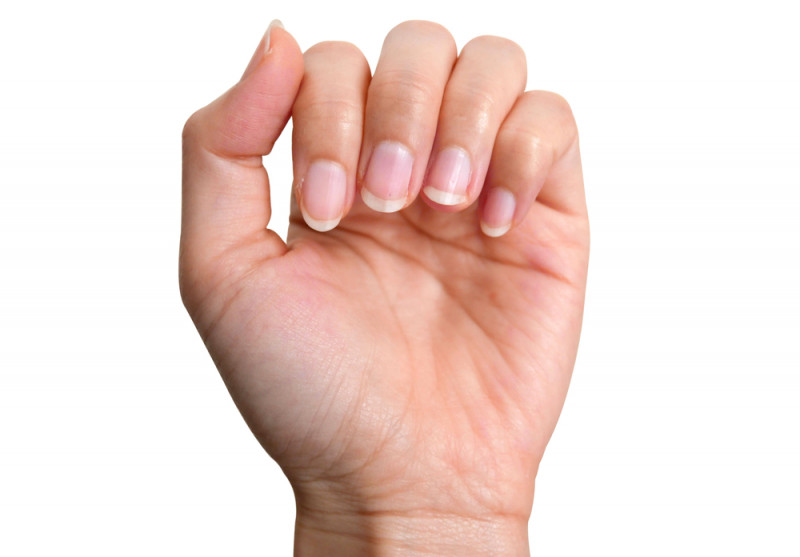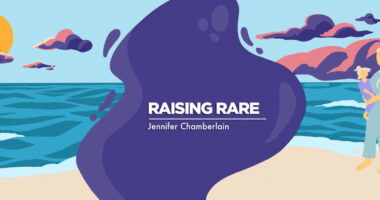CF May Be Evident in Wrinkles on Palms After Minutes Spent in Water

meow wii/Shutterstock
Wrinkling on the palm of the hands after a short immersion in water may serve as a fast, easy and inexpensive test for an initial diagnosis of cystic fibrosis (CF), a study reports.
Compared to healthy children in this study, those with CF developed signs of palm wrinkling — swelling, small bumps, wrinkles, itching, and pain — within three minutes of immersing their hands in tap water.
The study, “Aquagenic wrinkling of the palms after brief immersion to water test as a screening tool for cystic fibrosis diagnosis,” in the Journal of the European Academy of Dermatology and Venereology.
Aquagenic wrinkling of the palms — characterized by the appearance of “exaggerated” wrinkles after a brief contact with water — has long been reported in CF patients. Other known signs of aquagenic wrinkling are white papules (small bumps), edema (inflammation), tingling sensation, and pain.
But whether this wrinkling might be useful in diagnosing CF, an alternative to costly and technically demanding tests, particularly in distinguishing patients from asymptomatic disease carriers, is unclear. (People with a mutation in one of the CFTR gene’s two copies do not necessarily develop CF, but can be carriers and pass the disease to a child.)
Researchers in Greece conducted a prospective analysis at a pediatric hospital there between 2018 and 2020.
They recruited 250 people — 100 children with CF (average age, 10.4), 50 parents who were CF carriers (average age, 35.9), and 100 healthy children who served as controls (mean age, 10.5) — for their study.
Participants were asked to place and keep their hands in a bowl of tap water for three, seven, and 11 minutes. The team then analyzed the palms of the hands, looking for typical signs like wrinkling, edema, papules, pruritus (itch), and pain.
Aquagenic wrinkling was determined to exist if signs were evident on more than 30% of the surface of the palms.
A transepidermal water loss (TEWL) test was also given after the three-minute water immersion. This test measures the loss of water through skin evaporation, and is an indicator of the skin’s barrier function.
A positive aquagenic wrinkling diagnosis was found in 68% of children with CF at three minutes compared with 8% of carriers and none of control group children, a statistically significant difference. Indeed, comparisons made for nearly all signs of this wrinkling were statistically significant, except for pruritus and pain at three minutes, and pain at seven minutes.
Further analysis revealed a trend for an earlier appearance of all five signs of aquagenic wrinkling — edema, papules, wrinkles, pruritus, and pain — in CF patients relative to carriers and controls.
The most accurate distinction between CF patients and other study groups was found with pruritus and papules after a seven-minute immersion, with the test’s sensitivity and specificity here surpassing 90%. Sensitivity is a test’s ability to correctly identify those with a given condition, while specificity refers to correctly identifying those without it.
However, the “ability of BIW [brief immersion to water] test in distinguishing between carriers and non-carriers beyond early childhood (when the probability of subclinical CF is extremely low) was poor,” the researchers wrote. This suggest that aquagenic wrinkling is not a suitable for identifying CF carriers.
Mean TEWL values were also significantly higher — indicating greater water loss — in children with CF compared with the other two groups.
The “BIW test could be performed very easily and can be used as an initial screening tool for individuals with symptoms and signs compatible with CF,” the researchers wrote, with the BIW test being “best” for CF screening at a seven-minute tap water immersion, “even though from 3 min significant differences among groups were detected.”
Because most people with “aquagenic wrinkling of palms would be referred to the dermatologist for assessment … we would like to increase the awareness of this association which could be also used as an initial diagnostic screening test for CF patients,” they added.
Researchers noted as a potential study limitation that the investigator who conducted the test was aware of who had and didn’t have CF, which may have led to bias.






